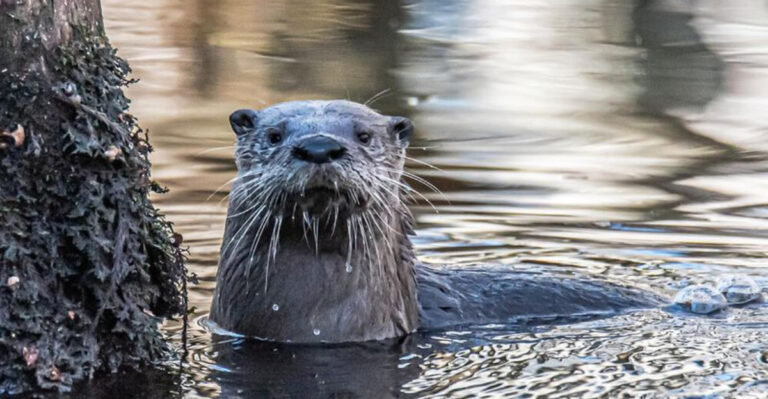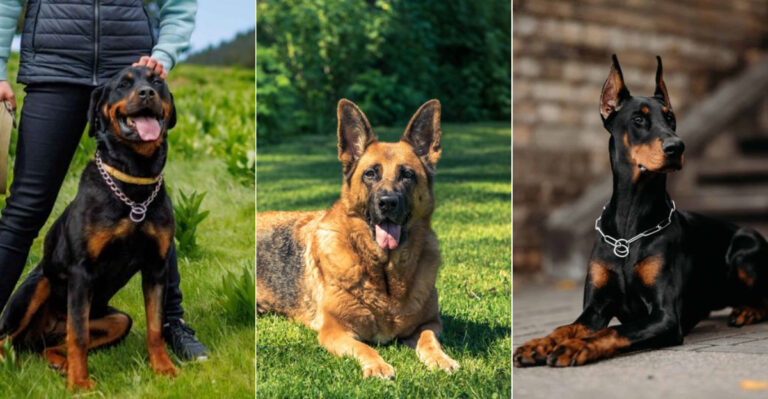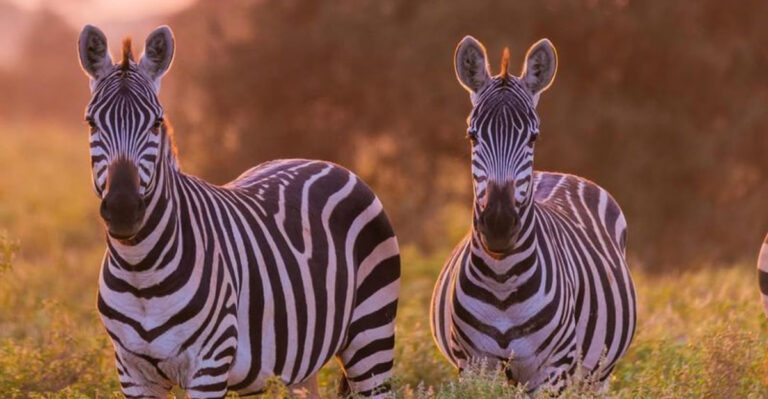10 Ways To Ensure Your Dog Respects Wildlife
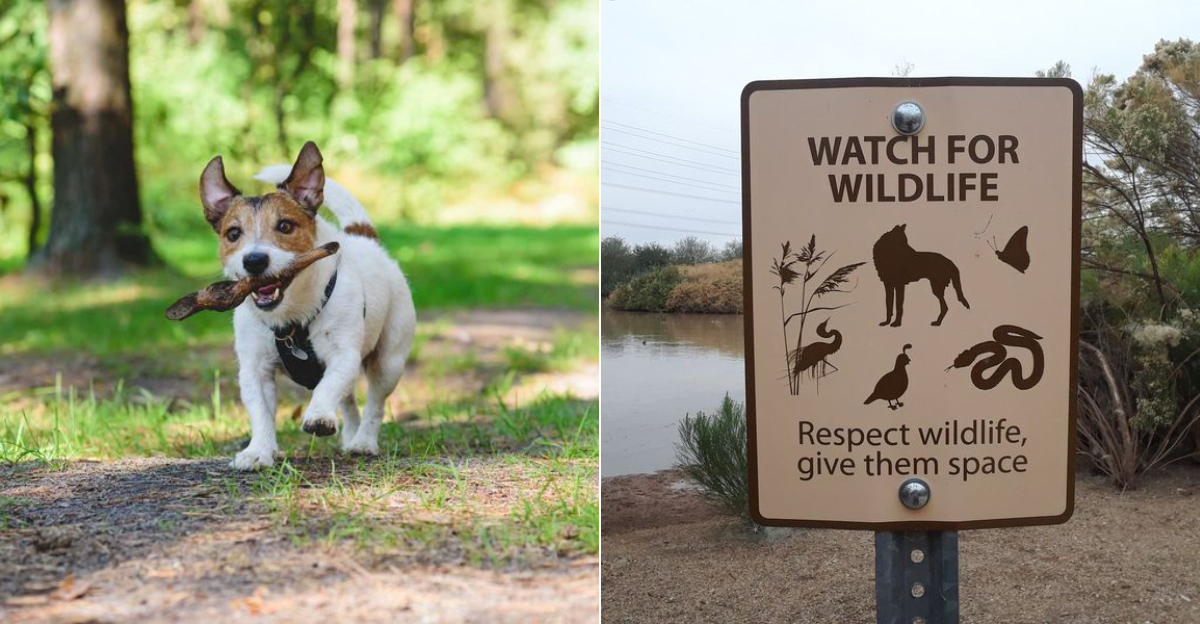
Having a pet dog brings immense joy and companionship, but it’s important for them to coexist peacefully with the wildlife around us.
Ensuring your dog respects wildlife is not just about protecting other creatures but also about keeping your furry friend safe. Our guide provides valuable insights and practical tips on how to achieve this balance.
1. Training Obedience Skills
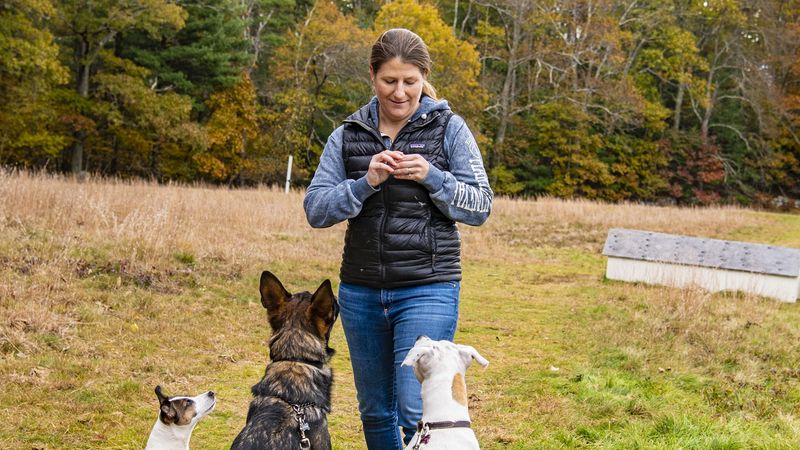
Training your dog in obedience is a crucial step in ensuring they respect wildlife. Begin with basic commands like ‘sit’, ‘stay’, and ‘come’. These commands are essential in controlling your dog’s impulses when encountering wildlife.
When your dog masters these, they are less likely to chase after birds or squirrels. Practice these commands regularly in different environments, gradually increasing distractions akin to real wildlife encounters.
Consistency is key, and using positive reinforcement strengthens the learning process. Treats and praises work wonders in ensuring your dog understands the expectations. Moreover, enrolling in a professional obedience class can provide structured learning and help address specific behavioral issues. A well-trained dog is more predictable and less likely to pose a threat to wildlife.
2. Leash And Harness Use
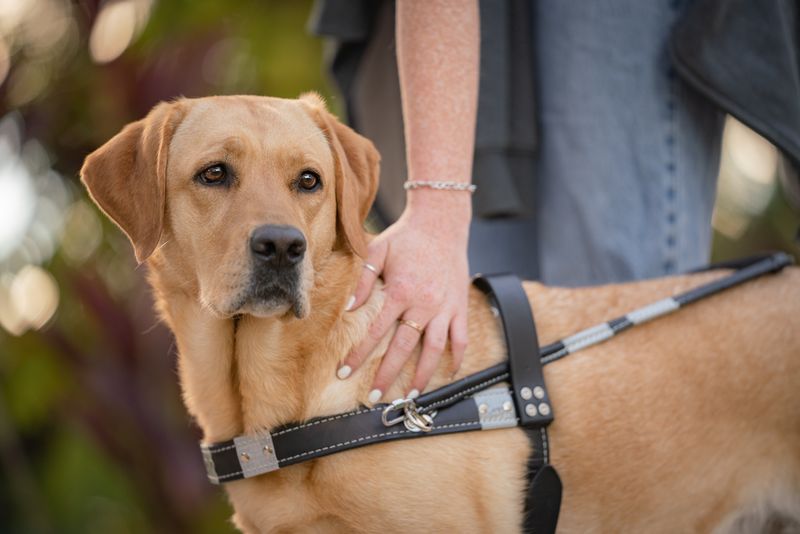
Leashes and harnesses are fundamental tools to maintain control over your dog in wildlife-rich areas. Ensuring your dog is always on a leash when outdoors is one of the simplest ways to prevent them from disturbing wildlife.
A leash provides you with the ability to manage your dog’s movements and reactions. Choose a comfortable harness that distributes pressure evenly, enhancing comfort for longer walks. This setup not only protects wildlife but also keeps your dog safe from unexpected encounters.
It’s particularly useful in areas where wildlife is abundant, such as nature reserves and parks. Additionally, teaching your dog to heel on a leash can further enhance control.
Regular practice and patience will help your dog become accustomed to this routine. Remember, a controlled dog is a respectful dog, ensuring a peaceful coexistence with nature.
3. Understanding Wildlife Signs
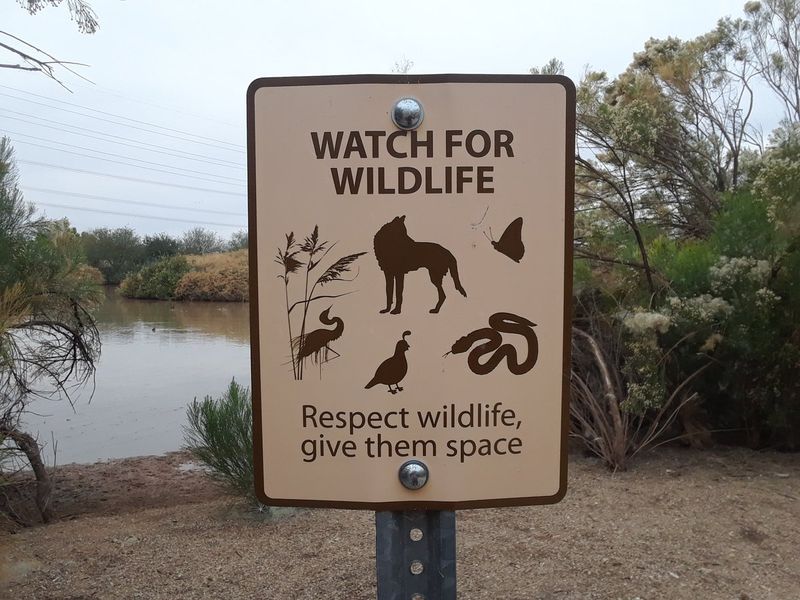
Being knowledgeable about wildlife signs in your area is a proactive step towards fostering respect. Familiarize yourself with signs of wildlife presence, such as tracks and droppings, so you can steer clear with your dog.
Understanding these signs helps avoid surprise encounters that might provoke your dog’s instinct to chase. Incorporate this understanding into your routine walks, educating yourself and your dog on safe paths that reduce wildlife interaction.
Sharing this knowledge with other dog owners can also contribute to a community-aware environment. Moreover, some parks or reserves provide maps and guides indicating wildlife hotspots. Utilizing these resources ensures your adventures with your dog are enjoyable yet respectful towards wildlife. Knowledge is indeed power when it comes to harmonious living with nature.
4. Creating A Wildlife-Friendly Yard
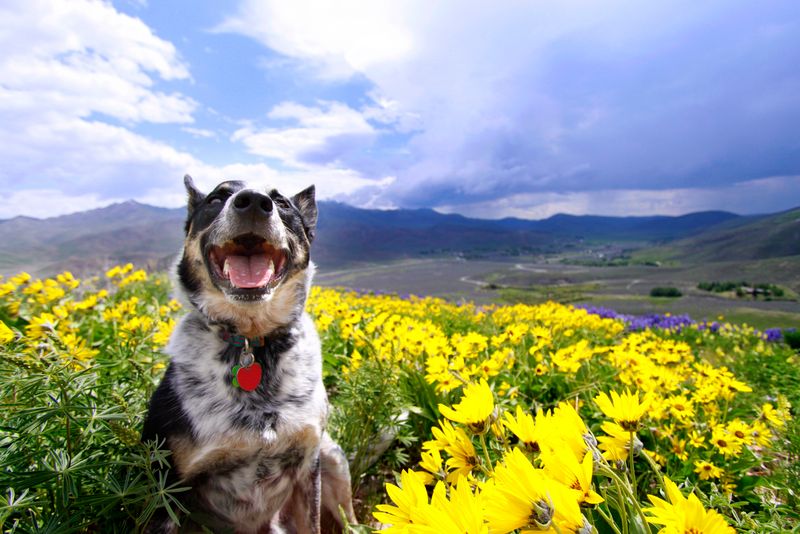
Transforming your yard into a wildlife-friendly zone can deter your dog from wandering into wild habitats. Use native plants to create a natural boundary that welcomes wildlife while discouraging your dog from roaming beyond their safe space.
Designating specific play areas within your yard for your dog helps keep their activities contained and reduces wildlife disruption. Installing secure fences and gates will also ensure that your dog remains in the designated areas.
Introduce bird feeders and small ponds to attract wildlife into designated zones, teaching your dog to coexist peacefully with these visitors.
This setting not only enriches your dog’s environment but establishes a respectful distance from wild creatures. By managing your yard effectively, you create a safe haven for both your dog and local wildlife.
5. Training Recall Commands
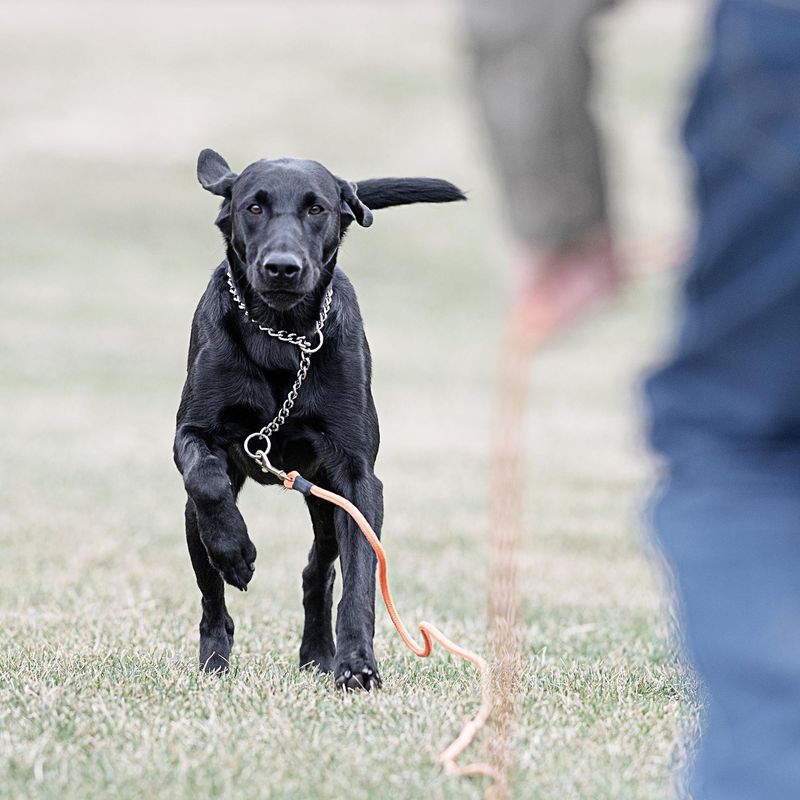
Mastering recall commands is vital for controlling your dog around wildlife. The ability to call your dog back swiftly can prevent them from disturbing wildlife. Begin training in a controlled environment, using cues like ‘come’ or a whistle.
These commands should be reinforced with treats and affection. Gradually increase the level of distraction by practicing in environments where wildlife is present. Consistency in training ensures your dog’s response is reliable, even when their natural instinct is to chase.
Additionally, using a long training leash can simulate an off-leash experience while maintaining control. Regular practice will cement this behavior, making outings around wildlife a safe and enjoyable experience. A dog that reliably returns when called is a key component in respecting wildlife.
6. Socialization With Other Animals
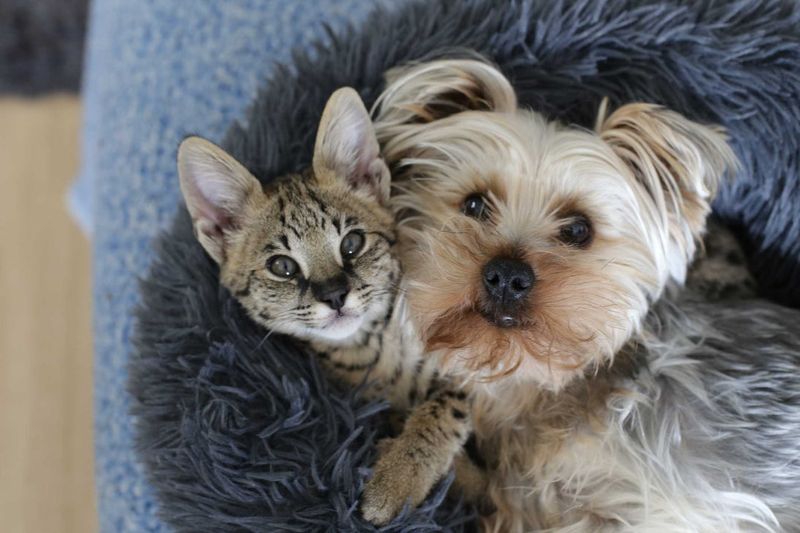
Socializing your dog with other animals is a gentle way to teach them respect. Exposure to a variety of creatures in controlled settings helps dogs understand appropriate behavior. Arrange playdates with other pets, ensuring all animals are comfortable and supervised.
This interaction nurtures understanding and reduces the likelihood of aggressive or overly curious behavior. Introducing your dog to other animals gradually, starting with calm and well-socialized pets, can make this process smoother.
Also, consider supervised visits to farms or petting zoos where diverse animals are present. Observing your dog’s reactions and guiding them towards calm behavior reinforces respect. This diverse social experience is invaluable in teaching your dog to peacefully coexist with wildlife.
7. Respecting Wildlife Boundaries
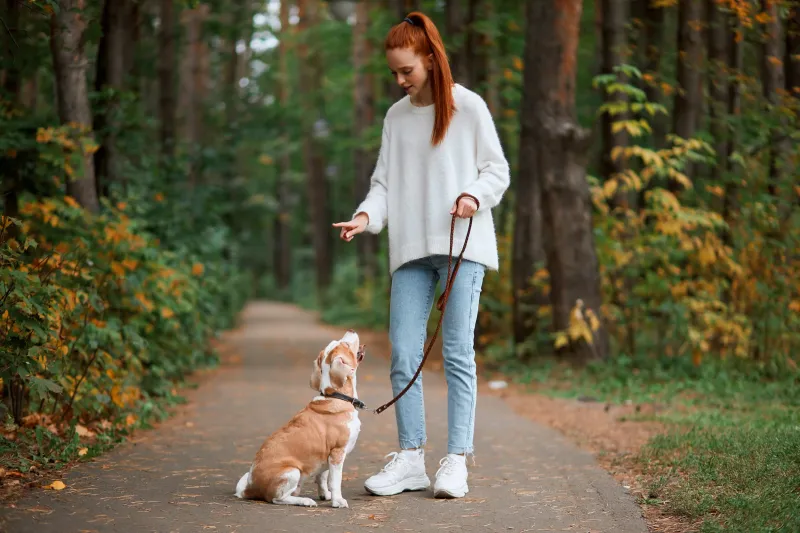
Teaching your dog to respect wildlife boundaries is essential for peaceful coexistence. Recognize and respect wildlife-protected areas by keeping your dog on designated paths. This practice prevents intrusion into habitats where wildlife may feel threatened.
Understanding and adhering to park rules and signs is vital in demonstrating respect. Educate your dog by setting an example and observing wildlife from a respectful distance.
Additionally, using visual barriers like hedges or fences in your yard can define boundaries and discourage dogs from chasing after wildlife. Observance of these practices not only protects wildlife but helps maintain ecological balance. Creating this boundary awareness is crucial for a harmonious relationship with nature.
8. Managing Off-Leash Time
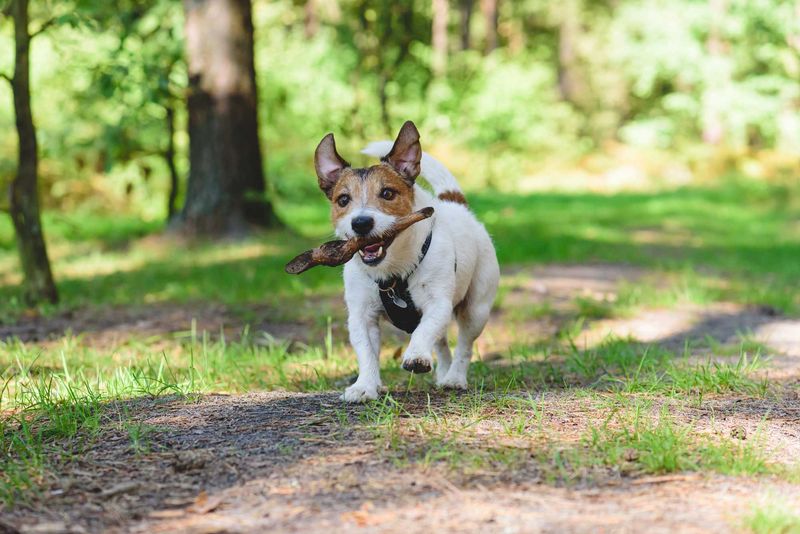
Allowing your dog off-leash time can be beneficial, but it requires responsible management to ensure wildlife safety. Choose designated off-leash areas where wildlife is not at risk. These environments offer a balance between freedom and control.
Supervision is crucial, as even well-behaved dogs can become unpredictable. Keep your dog in sight and responsive to commands, minimizing the chance of wildlife disturbances. Before allowing off-leash time, assess the area for potential wildlife presence.
Always have a leash ready for quick control if needed. Managed off-leash experiences allow your dog to explore while safeguarding wildlife. Responsible off-leash practices contribute to a respectful interaction with the natural environment.
9. Using Technology For Monitoring
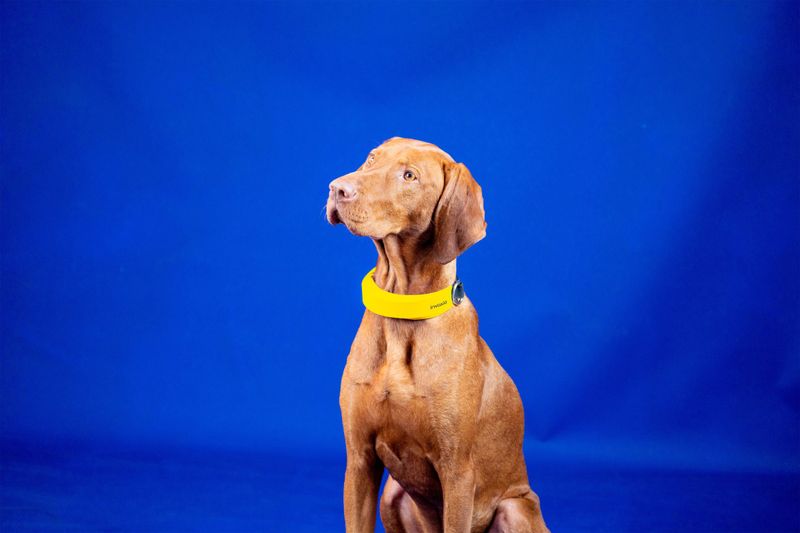
Technology can be an ally in maintaining your dog’s respect for wildlife. GPS trackers and activity monitors provide real-time data on your dog’s location and behavior. These devices are particularly useful in large open areas where wildlife may be present.
Set boundaries with virtual fences, receiving alerts if your dog strays too close to wildlife zones. This proactive approach aids in preventing unwanted interactions. Combined with training, technology enhances control and awareness.
Additionally, consider using apps that identify wildlife hotspots, helping you plan respectful routes for walks. Integrating technology into your routine ensures your dog’s adventures are both safe and wildlife-friendly. Embrace these innovations to foster a balance between exploration and respect for nature.
10. Educating Yourself And Others
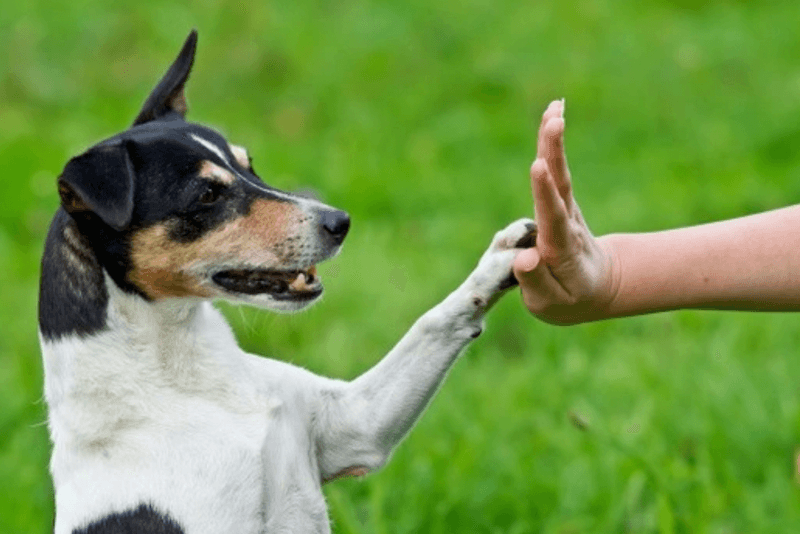
Education is a powerful tool in promoting respect for wildlife. By learning about local ecosystems and the creatures that inhabit them, you can better guide your dog’s behavior. Participate in workshops or join community groups focused on wildlife conservation.
Sharing knowledge with fellow dog owners amplifies the impact, fostering a collective effort towards wildlife respect. Lead by example, demonstrating how to enjoy nature responsibly with your dog. Additionally, involve family and friends in this educational journey, creating a network of conscious pet owners.
Arm yourself with information to make informed decisions that protect wildlife. Education cultivates a culture of respect, benefiting both your dog and the environment. Together, we can ensure our dogs are allies to wildlife, not adversaries.

